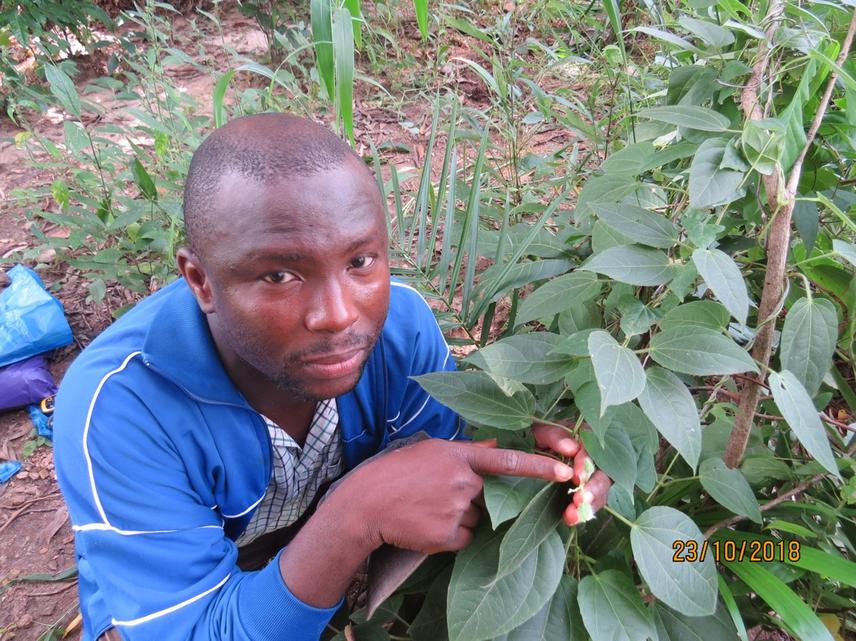Konoutan Médard Kafoutchoni
Other projects
29 Oct 2020
Towards a Sustainable Conservation of the Endangered and Endemic Thunbergia Atacorensis through Community Education and Participatory Restoration in Benin
The current project will help conserve Thunbergia atacorensis Akoègninou & Lisowski, an endemic and threatened plant species in the Atacora Mountains in Benin. The project aims to: (i) document the traditional knowledge on the species; (ii) assess the molecular genetic variation in the species; and (iii) organize a joint germplasm collecting mission with the conservationists from the Botanic garden of the University of Abomey-Calavi in Benin.

The Atacora mountain chain is a highly diversified ecosystem in Benin. It harbours many rare and threatened plant species including the few species endemics to the country: Thunbergia atacorensis, Cissus kouandeensis, Kyllinga beninensis and Ipomoea beninensis. During decades, anthropogenic activities, adverse effects of climate change, and the rapid growth of population in the region (>3%/ year) has led to the destruction of plant communities and dramatically threated the integrity of this exceptional ecosystem. Although many conservation projects have recently been conducted in the region, no action has been taken for Thunbergia atacorensis yet, while it is undergoing extinct.
This project seeks to combine ethnobotanical knowledge and molecular methods to develop optimal strategies for sustainable management and conservation of T. atacorensis in Benin. The project consists in four main actions.
First, an ethnobotanical survey will be conducted in the villages located on the mountain and its surrounding. This will help assess and document the use values, perception of abundance, threat factors, and the strategies locally developed by the communities for the conservation of the species.
Second, a study will be conducted to assess the molecular genetic variation in the species. This is necessary to understand the intra population genetic diversity within the species’ population and the differentiation between the populations as well. The genetic study will also inform on the populations from which germplasm will be collected for ex situ conservation actions and the populations to be conserved in situ.
Third, a joint germplasm collection mission will be organised with the conservationists from the Botanic garden of the University of Abomey-Calavi. This will help to monitor and assess for a long period, eco-physiological and ecological parameters related to the species. Finally, the species will be conserved in the Botanic garden of the University and seed stored in seed banks.